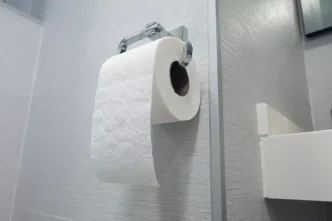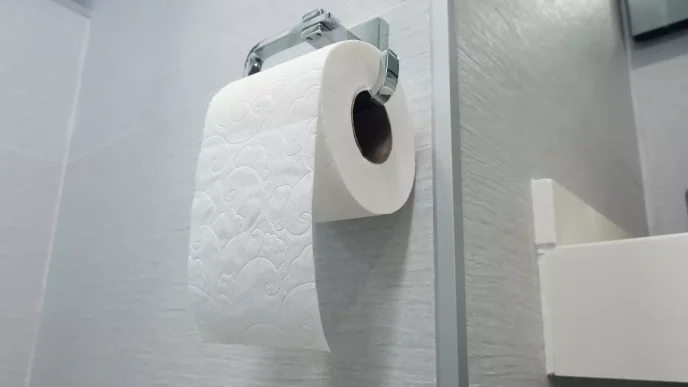
In recent years, the debate over the healthiest way to use the toilet has gained considerable attention. Among the alternatives to the conventional sitting position, squatting has emerged as a popular option. Advocates claim it aligns the body more naturally with our evolutionary biology and promotes better bowel movements. However, squatting over the toilet might not be as beneficial as it seems. Here’s a deeper look into why squatting might not be the healthiest option after all.
1. Increased Risk of Injury
One of the primary concerns with squatting over the toilet is the potential for injury. Balancing in a squatting position, especially on the edge of a standard toilet, can be precarious. This stance can lead to falls and subsequent injuries, particularly for older adults or those with balance issues. The risk of slipping and sustaining injuries such as fractures or sprains is significantly higher when attempting to squat over a toilet bowl not designed for this purpose.
2. Muscle Strain and Discomfort
Squatting over the toilet requires significant strength and stability from the lower body muscles. For many people, especially those who are not regularly active or have existing muscular or joint issues, this position can cause strain and discomfort. Prolonged or repeated squatting can lead to muscle fatigue, cramps, and even exacerbate conditions like arthritis or tendonitis in the knees and hips.
3. Potential for Incomplete Elimination
While squatting is thought to facilitate easier bowel movements, it can sometimes lead to incomplete elimination for some individuals. The discomfort and instability of squatting over a conventional toilet may cause users to rush the process, potentially leading to residual stool in the colon. Incomplete elimination can contribute to constipation, discomfort, and a feeling of unsatisfactory bowel movements.
4. Hygiene Concerns
Squatting over a toilet can raise significant hygiene concerns. The act of balancing over the seat without making contact increases the risk of spillage and splattering, which can create an unhygienic environment. This can be particularly problematic in public restrooms, where maintaining cleanliness is already a challenge. Additionally, the potential for fecal matter to miss the bowl and contaminate surrounding areas poses a risk of spreading bacteria and infections.
5. Impact on Pelvic Floor Health
The pelvic floor muscles play a crucial role in supporting the bladder, bowels, and reproductive organs. While squatting is often recommended for better pelvic floor health, improperly executed squatting over a toilet can strain these muscles. The lack of proper support and stability can lead to overexertion and potential weakening of the pelvic floor muscles, which can contribute to issues such as incontinence or pelvic organ prolapse over time.
Finding a Balanced Approach
While the squat position can offer benefits for bowel movements, the method of squatting over a standard toilet is fraught with potential risks and drawbacks. For those interested in the benefits of squatting, considering alternatives such as a toilet stool or a squatty potty that elevates the feet and simulates a squat position while maintaining the safety and comfort of sitting can be a healthier option.
Ultimately, finding a balanced approach that considers individual physical capabilities and maintaining proper hygiene is key. Consulting with a healthcare professional can provide personalized advice and recommendations to optimize toilet habits for better digestive health and overall well-being.










